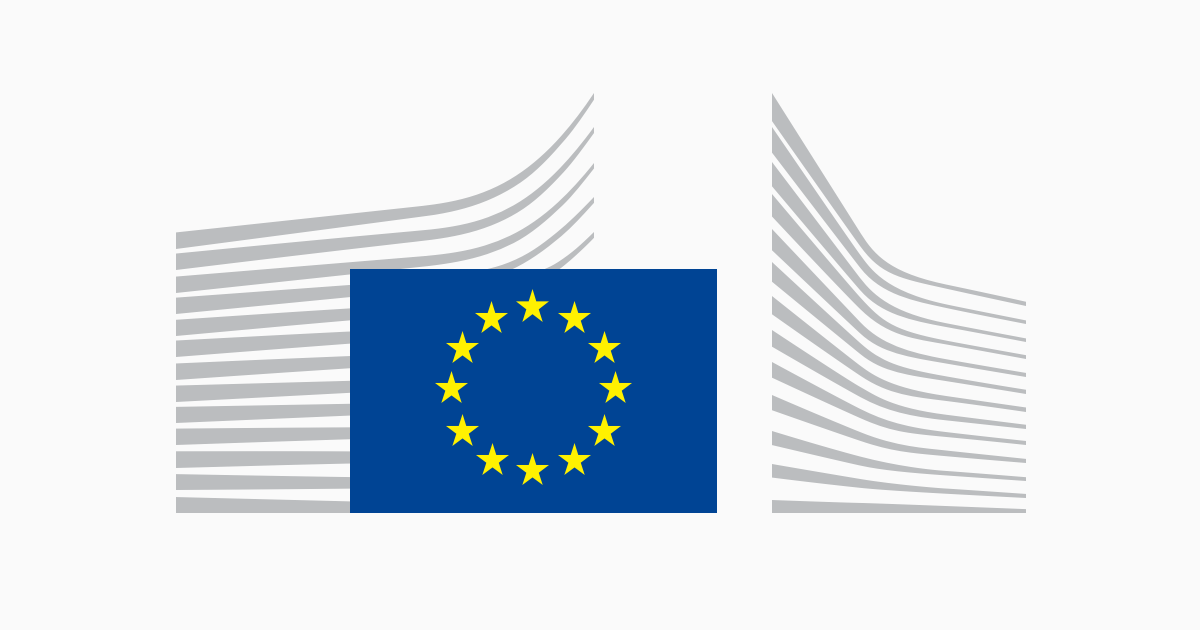The EU ETS is based on a “cap and trade” principle. The cap refers to the limit set on the total amount of GHG that can be emitted by installations and operators covered under the scope of the system. This cap is reduced annually in line with the EU’s climate target, ensuring that overall EU emissions decrease over time. By 2023, the EU ETS has helped bring down emissions from European power and industry plants by approximately 47%, compared to 2005 levels.
The EU ETS cap is expressed in emission allowances with one allowance giving right to emit one tonne of CO2 eq (i.e., carbon dioxide equivalent). Allowances are sold in auctions and may be traded. As the cap decreases, so does the supply of allowances to the EU carbon market.
Under the system, companies must monitor and report their emissions on a yearly basis and surrender enough allowances to fully account for their annual emissions. If these requirements are not met, heavy fines are imposed.
While allowances are predominantly sold in auctions, companies receive some allowances for free. Companies may also trade allowances among themselves as needed. If an installation or operator reduces emissions, the company can either sell the spare allowances and/or keep them to use in the future. All these operations are recorded in the Union Registry.
The price of allowances is determined by the EU carbon market, which is subject to a robust set of oversight rules. The declining EU ETS cap informs companies about the long-term scarcity of allowances on the market, while ensuring they have market value. The carbon price, in turn, provides an incentive for companies to reduce emissions cost-effectively. This price also determines the revenue generated from the sale of allowances. Since 2013, the EU ETS has raised over EUR 175 billion.
The EU ETS revenue primarily flows to national budgets and Member States must use it to support investments in renewable energy, energy efficiency improvements and low-carbon technologies that help reduce emissions and, with this, companies’ carbon costs. Furthermore, a share of the EU ETS revenue supports low-carbon innovation and the EU’s energy transition via the Innovation Fund and the Modernisation Fund.
